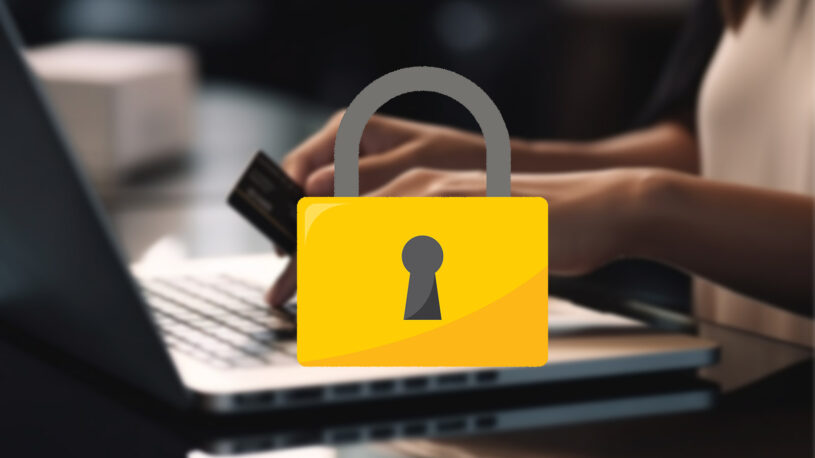The summer holiday season has seen a massive travel boon and scamsters are eagerly lying in wait to prey upon unsuspecting travelers trying to find ways to save some money, particularly when looking for last-minute vacation rental deals.
You arrive at your intended beachside stay and find that your room has been booked by someone else. When making the down payment you were actually communicating with a shadow account set up to dupe customers and never with the rightful owner. As a result, you arrive at an unfamiliar location and discover that both your room and money are gone.
This nightmare situation shows how swindlers trick travelers,but there are several ways people can prevent themselves from getting ripped off.
Once you suspect the signs of a scam,do some research and slow down before sending any money for that amazing vacation deal which is looking so tempting online.
Research, Research, Research
Customers should begin by simply looking up the company they are renting from. Research is vital, especially when you are booking through lesser known companies.
Check their credentials online and add the words ‘reviews’ and ‘scams’ with their names and see what happens. If anything is amidst, you will be surprised how willingly people let you know online.
Watch out for warning signs like cheap prices for new listings or staged photos which look as they have been pulled out from other websites.The main aim is to filter out the ones which look suspicious, before paying for a booking.
Be Careful How You Pay

You have to be extremely careful of how you pay for your short-term vacation rental location. Consumers are advised to maintain a paper trail of transactions which can be used afterwards as a reference.Never deal offline or on seperate email if you can avoid it.
Customers should always pay using a credit card for the best financial protection. Avoid cheques or wire transfers as once the money is gone it is not retrievable. With a credit card you always have the option to dispute transactions later on.
Keep a close tab on your credit card transactions since any you can monitor any unauthorised charges which can get tacked later on your card.
Ensure the Payment Link Is Secure
Make sure the website you are using is secure before entering any credit card information on the site.There are three ways you can pay for your travels safely:
- Look for the padlock symbol on the browser window frame and not on the page proper as that would indicate that the site is fraudulent.
- The web address should begin with https://… where the letter ‘s’ stands for secure.
- If you are using the most updated version of your browser, the name of the site or the address bar will turn green.
Beware of Invisible Connections

Everytime you connect to the network of a vacation rental home or an IoT device you leave behind a footprint that can be leveraged by a cyber attacker. Vacation home rentals do not usually adopt the same security protocols as other business establishments as routers are mostly under the control of the administrator and even limit use of IoT devices.
While many businesses install a zero-trust model in their networks, vacation rentals typically do not have this type of high grade commercial security.For this reason some customers refuse to even charge their mobile phones while staying in a vacation rental.
Ensure the Property Actually Exists
A magnificent resource to check if the locations are actually geniune is Google Maps.Through this you can view the street and even the photographs of the property in question, including the surrounding areas.
Ensure that the property you intend to stay in is well-managed and stay clear of peer-to-peer websites.These sites may appear to be offering good rates but scamsters usually exploit their resources to dupe vacationers looking for a rental property in anonymous places.
Look for Property Agents
Use the services of a reputable website that screens every property listed on it even if it sounds a bit unrealistic.In other words,rent vacation rentals from trusted and reputable property owners and rent home organizations.
If that also fails, request information that the owner really owns the property or the caretaker is actually the person authorised to handle the rentals. You can even check with the regional registrar’s office to find out the name of the property owner.
To find reliable accommodation, use only trusted sites. For example cozycozy only lists the options approved by its partners like Booking.com, Agoda, VRBO, Airbnb and more.
Install a Firewall

Installing a Firewall ensures a virtual barricade against malware,hackers,scammers and other hackers.This should essentially be your first and main line of defence against online security threats.
A Firewall works by filtering, analysing and regulating all the information passing through this barrier and reporting any malicious activity passing through the system.
Once installed,ensure that the Firewall is updated from time to time as new threats arise everyday. It will also protect your site from any emerging damage and any website created by it are protected by adopting the same technology.
Use Strong Passwords
Avoid using the same password across all your accounts and software. Make sure that the passwords are distinct and unique. You can create one by using a mix of numbers,letters, lower and upper cases and special characters.
If you have multiple accounts, don’t use a single user with the same password. Instead,create individual users where you can give them access only to those areas you want them to use. Finally see to it that all users adopt discreet passwords as well.
Log off the Site After Use
Simply shutting off the browser does not ensure your privacy on the web. The best thing to do is to log out explicitly from the system after you have finished your payment transaction.
You can do this by clicking on the log-out option provided on the site or by the system or by totally shutting down the computer and closing the application.
